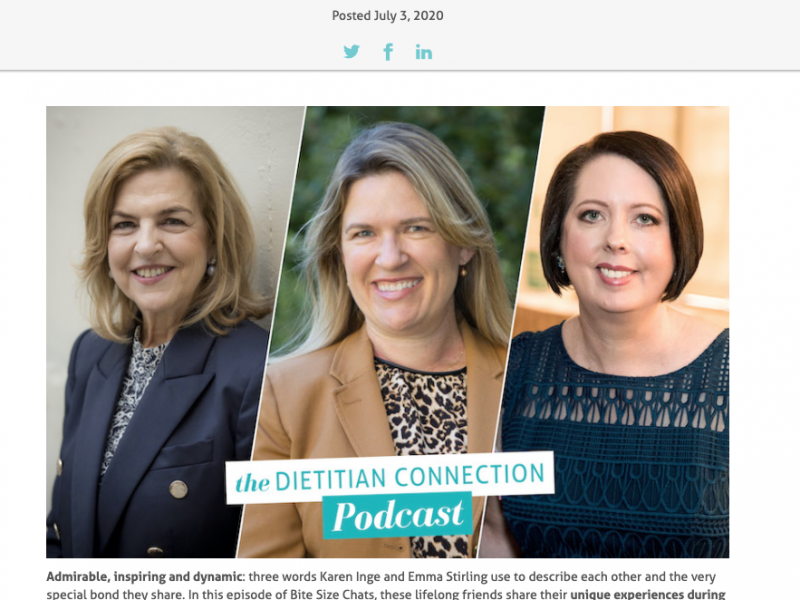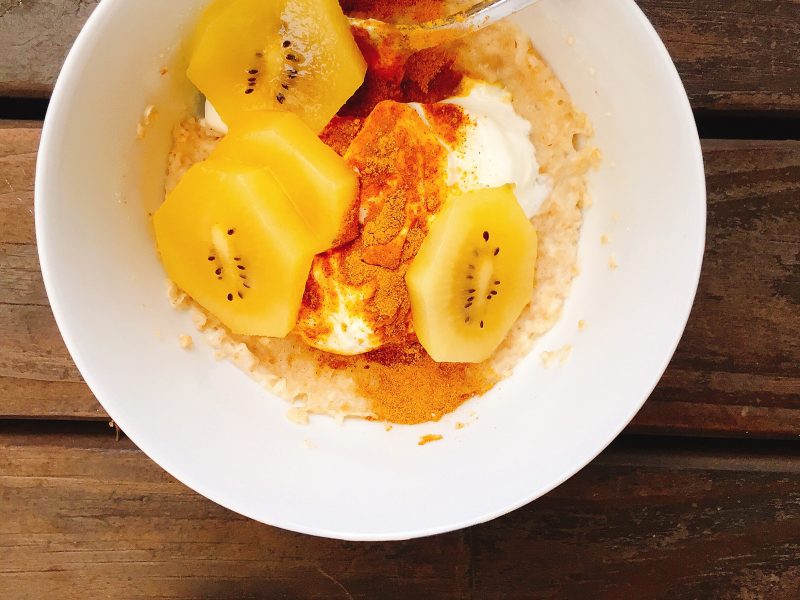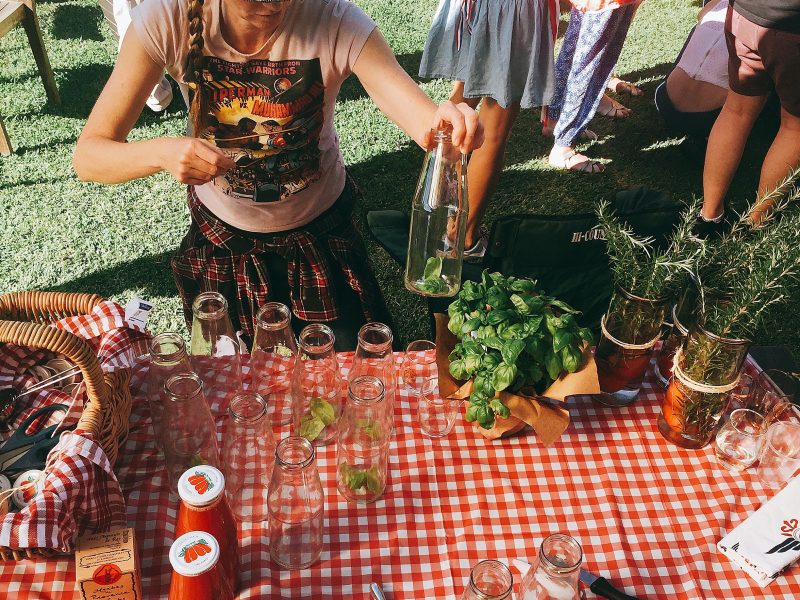Soymilk has been around since the 1970s as one of the first ‘milk alternatives’ but it has courted controversy over time. Soy foods have swung in and out of favour over the decades and been the source of significant research. Let’s explore the latest scientific evidence and answer those big questions. Do soy drinking men get “man boobs”? Yes. We know you want this answer.
About our expert:
Sharon Curtain (Bsc MND) is a dietitian with 16 years experience across hospital, community and food industry and has a particular interest in women’s issues. Passionate about health, she loves the constant evolution of science that keeps nutrition interesting. Her approach to life encompasses positivity and balance; with fresh food, fresh air, laughter and exercise as the foundation. Sharon is a consultant nutritionist to Vitasoy Australia, manufacturers of soy based beverages.
Despite being enjoyed in Asian cultures for centuries and soy being one of the few vegetable proteins to contain a complete set of essential amino acids, urban myths remain. Let’s look at some of the biggies.
The hormones myth
Soy contains biologically active antioxidant substances, called isoflavones which have a similar structure to the hormone oestrogen and are commonly called ‘phytoestrogens’. These phytoestrogens can mimic the function of oestrogen, however they are 500-1000 times weaker than the oestrogen hormone found in the human body (Ref: Nutraceuticals and Functional Foods, CRC press 2001). Many of the negative concerns about soy have arisen from in vitro (also known as test tube) studies and testing on animals, particularly rodents. However, the way in which animals and humans metabolise isoflavones has been shown to be different.

The feminisation myth
While it is true that soy isoflavones possess some limited oestrogen-like properties, soy isoflavones and the female hormone oestrogen are different molecules. Comprehensive scientific reviews show that concerns relating to the fertility or feminisation of men as a result of soy intake are unwarranted – even when soy isoflavone intake is much higher than typically consumed in Asian diets (3). A 2010 analysis including more than 30 studies and 36 treatment groups found no significant effects of soy protein or isoflavone intake on men’s reproductive hormones, specifically testosterone, sex hormone binding globulin, free testosterone or the free androgen index.
The cancer risk myth
Australian Cancer Council recently advised that that soy foods, as part of a healthy diet, may help to protect against cancer in this position paper. It’s important to make the distinction between soy supplements, on which little research has been done and soy foods which have robust research to support consumption by both breast cancer survivors as well as the general population. These studies show that soy foods may lower breast cancer risk, particularly if consumption occurs during childhood and adolescence (See references here and here).
When it comes to soy supplements, which are concentrated sources of isoflavones, both the Australian and American cancer bodies caution the use of supplements as a means of preventing cancer and for women with existing or past breast cancer.

The poor calcium absorption myth
Soymilk often cops flack for containing phytates or plant molecules which can interfere with the absorption of micronutrients such as calcium, magnesium, iron and zinc. But wholegrains, nuts and other legumes also contain phytates. And studies have found phytates in calcium fortified soy do not interfere with calcium absorption, plus soy products have been found to have relatively high calcium bioavailability , or in everyday terms, easily absorbed and utilised by the body (see references here and here).
If you’re concerned that you might not be getting enough zinc, magnesium and iron, your focus should be increasing those nutrients rather than reducing phytate containing foods. Speak to your GP or an APD (Accredited Practising Dietitian) for personalised advice.
Editor’s comment:
Thanks for the update Sharon. It seems many of the concerns around soy focus on the use of highly processed forms of soy and doses of isoflavones in quantities much larger than those usually found in the diet. As with most things nutrition, sticking to mainly a wholefoods based diet and consuming products made from the whole soybean is likely the best bet.

Sydneysiders make sure you checkout hot new venue Love On Top for your Chinese eats. Created by Simon Mercier and Agnes Shield (thanks for the photo Agnes) from the Oxford St. institution ‘Name This Bar’, Love On Top is an uber cool combo – Asian inspired shared plates, wine bar and cocktails in a lush garden setting with walls growing berries and herbs. Well hello.
Lovely readers you may also like to check out our round up of Tempeh recipes here. And we’d love to hear about your soy joy recipes, tips or dining experiences. Link us in below.


